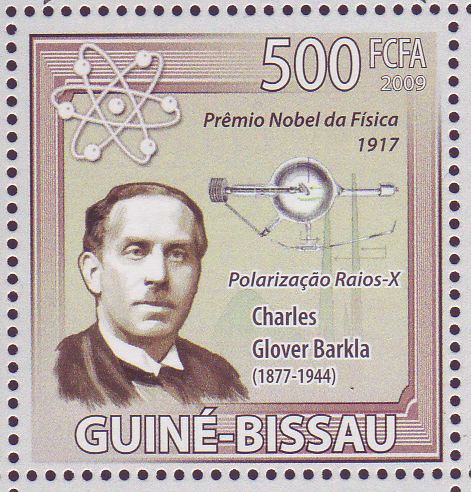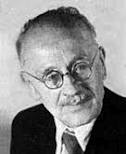 95 years ago, that is, in 1917, electromagnetic radiation, generically referred to as X-rays, was in the news.
95 years ago, that is, in 1917, electromagnetic radiation, generically referred to as X-rays, was in the news.
X-rays, named in 1895 by Wilhelm Röntgen (1845-1923) for not knowing their nature, strictly comprise electromagnetic radiation with wavelengths between 0,005 and 1 nm (1 nm is equal to one millionth of a millimeter) .
Since its accidental discovery, its applications have never ceased to be useful, whether for understanding the intimate nature of matter (how the atoms that form crystals, proteins, DNA, etc., are arranged in space and three dimensions) whether in the day-to-day of medicine, first through radiographs, then through computerized axial tomography (CAT), among other applications in the study of the Universe.
I was saying that, in 1917, X-rays were in the news because Charles Barkla (1877-1944) was awarded the Nobel Prize in Physics for his work on the diffraction of X-rays by various elements. Perhaps the news of this Nobel Prize was published in the Portuguese press.
Interestingly, another subject related to X-rays, in that year of 1917, was not in the news either in the international press or in any other generalist newspaper. Had it been noticed, the knowledge that remained unknown would have saved a lot of work for the physicists who developed, in the early 60s, the principles of what would later come to be called TAC.
 These scientists were apparently unaware that a mathematician born in Děčín (now a Czech city), by the name of Johann Radon (1887-1956), had already created, as early as 1917, all the necessary mathematics to derive three-dimensional data from the combination of a certain number of X-ray beams.
These scientists were apparently unaware that a mathematician born in Děčín (now a Czech city), by the name of Johann Radon (1887-1956), had already created, as early as 1917, all the necessary mathematics to derive three-dimensional data from the combination of a certain number of X-ray beams.
That is, Radon had shown how to obtain a function from an infinite series of projections, which became known as the Randon transform in the area of integral geometry.
This is another example of the importance of science communication, whether it is between peers or for everyone. Science advances by being communicated!
Biochemical
Coordinator of the Science in the Regional Press project – Ciência Viva



















Comments